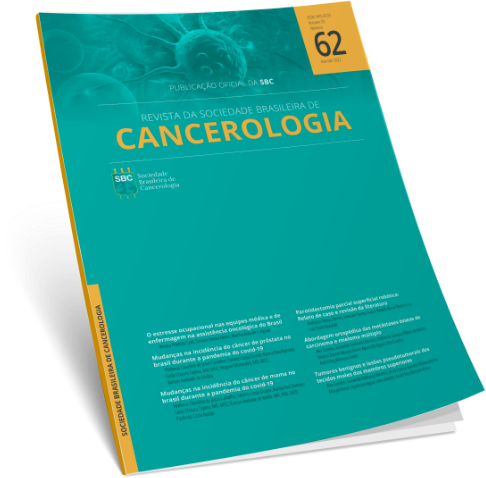Ana Karoline Oliveira de Moura
Emanoele Torres Sousa Rodrigues
Marcos Arcoverde Fortes Filho
Marcela Andrade Rodrigues da Costa
Renara Natália Cerqueira Silva
Naldiana Cerqueira Silva
Abstract
Introduction: The uterine cervical cancer is the third most frequent primary tumor in Brazilians women. In general, preceded by pre-malignant dysplasia (Cervical intraepithelial neoplasm – NIC), which increases the degree of dysplasia. His main risk factor is the infection by the human papillomavirus (HPV).
Objective: Evaluate the frequency of NIC in histopathologic done in Piauí during January 2019 to March 2023. Method: Transversal, retrospective, and quantitative study. The data was collected at the Information of Cancer System – SISCAN (uterus lap and breast). It was dismissed by the Ethical Committee by using public data, that were evaluated statistically at the Google Sheets software. Results: NIC I was present in histopathologic in the last 5 years 116 times, being 45 (38,7%) in 2019, the age group most committed was 35 to 39 years old (21%). NIC II was found 74 times in histopathologic in Piauí, being 23 (31%) in 2022, with the age group most committed of 35 to 39 years old (16%). The NIC III was seen 58 times in histopathologic in the last 5 years, being 21 (36,2%) in 2019 and with most committed age of 35 to 39 years old (17%).
Conclusion: Evaluated epidemiologically the major incidence of NIC between 35 to 39 years old. Concerning histopathologic, the NIC I and III had their apex in 2019 and NIC II in 2022. Public politics of tracking and prevention for cervical intraepithelial neoplasms are needed, mainly for the ages of 35 to 39 years old, being the age group of reproductive and work.
Keywords: uterine cervical neoplasm; secondary prevention; public health

